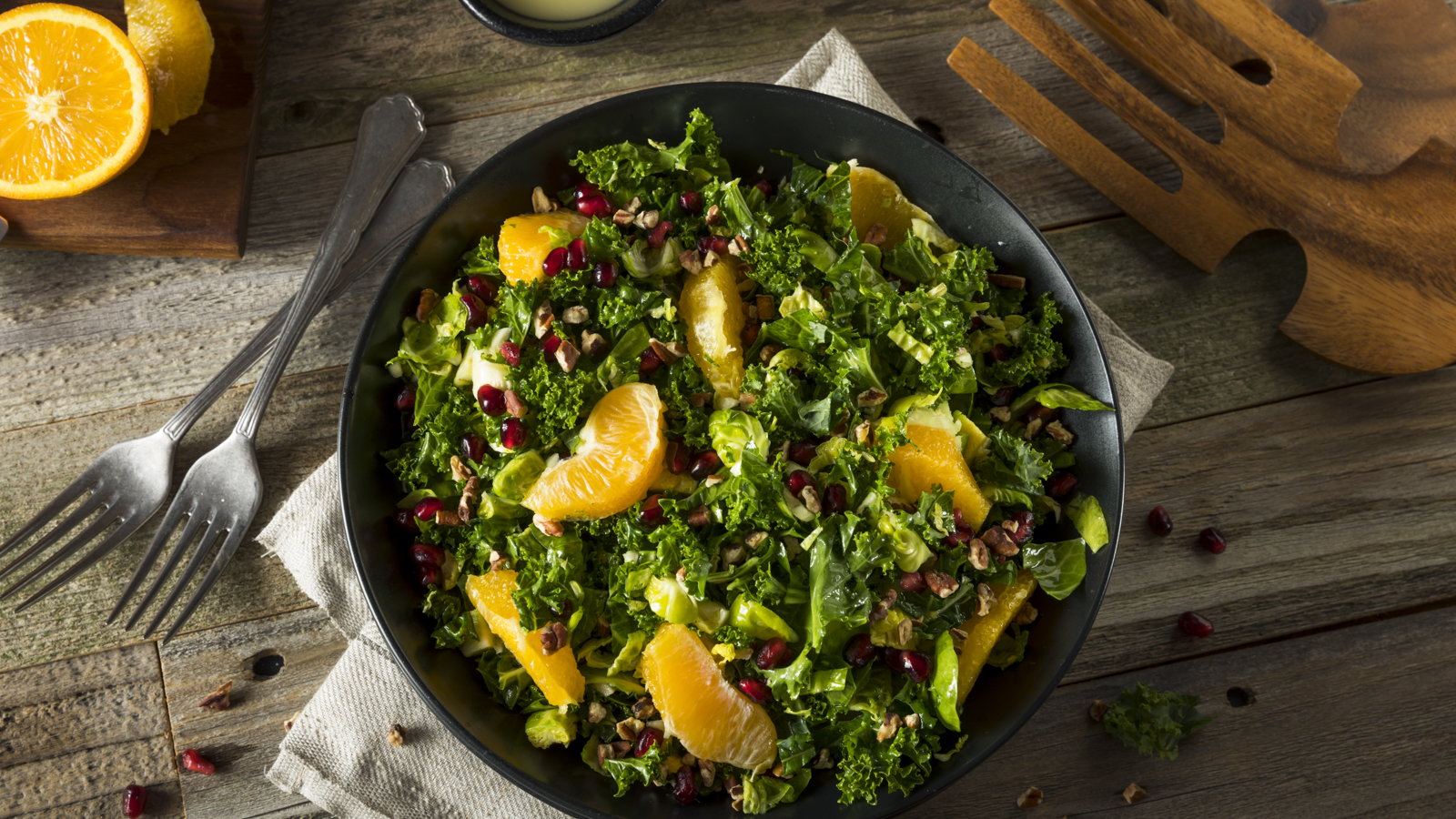
Is it possible to feed your family healthy meals when you're on a tight budget and crunched for time? The answer is yes, if you follow some tried and true tips and arm yourself with the right resources.
What's Happening to Family Mealtime?
Most U.S. parents are working an increasing number of hours, per the Bureau of Labor Statistics. This includes parents in two-income families, single moms, and a variety of demographics. Longer work hours plus less time to shop for groceries, together with an irregular meal schedule, all contribute to the current state of the American family diet.
Many parents turn to unbalanced, random meals that are easy to put together quickly. Some even skip meals altogether or serve fast food. The meals that parents typically pick up outside the home have been found (overall) to be lower in nutritional quality than those prepared at home. Research shows that fast-food meals are unusually high in calories, fat, salt, and sugar, and lower in fruits and vegetables. Diets comprised of too many fast food meals may lead to weight gain and obesity.

How to Skip the Fast Food Stop
Your choices directly affect the health of your child. So how can you turn the fast food trend around for the better? The key seems to be the ability to plan ahead, so here are some tips to help you do that:
Draw up a schedule that coordinates with other family members, who can pitch in to prepare weekly meals.
Talk with your supervisor about the possibility of a more flexible work schedule that can accommodate family needs and result in a more productive worker (e.g., one parent can start work earlier to be home by early evening for homework and meal-prep time).
Search for a job that is close to home that will allow you the time needed to shop, cook, and prepare meals.
Cut out some after-school activities to allow time for more relaxed family meals and downtime together.
Cook meals ahead and pack lunches the night before school.
Share roles with a friend or family member (i.e., grocery shopping, child pick-up, etc.).
Make a weekly grocery list and meal menu, and include your kids in the planning process and meal prep.
Grocery Savings Ideas
Think about creative ways that your family can cut corners. Start by asking yourself questions such as:
What items can you purchase in bulk? Try purchasing items like paper towels in bulk at Costco, Sam's Club, or another wholesale chain. The savings can be used toward buying some veggies or fruit.
What can you cut from your budget? Do you really need the potato chips? Or the soda? Substitute baby carrots and watermelon for the more expensive junk foods.
Tips to Keep Meals Healthy and Tasty
Maybe your kids scowl or go into a blank-stare mode when you talk about how important "nutritious food" is for their health. Face it. They just don't care about that at their stage in life. So how can you guide them toward eating properly and still keep it yummy? Play with recipes that include veggies and healthy foods and save some bucks on them:
Try "Meatless Mondays." This can save money and introduce healthy veggies into the diet.
Don't rule out "organic" foods. When you're at the local market, buy a few organic veggies and fruit using the savings you got from purchasing other items in bulk (like paper towels at the wholesale store).
Be on the lookout for discounts. Yes, the prices at health food stores and whole food outlets tend to be higher. But, there are times when food items go on sale. Keep an eye out for "bargains" and use coupons.
Hidden Costs of Cheaper Meat
There are hidden costs in less-expensive beef and chicken, according to researchers Jim Mason and Peter Singer, authors of The Way We Eat: Why Our Food Choices Matter. They advocate eating "more ethically" to reduce the harm that our choices cause to animals and the environment.
For example, the meat that Americans buy most in the grocery store is chicken. It's the cheapest meat, but what does "cheap" really mean? To raise chickens cheaply, there are certain ethical considerations that may be overlooked. Research shows that nearly all chicken "broilers" sold in U.S. chain grocery stores are raised in crowded chicken sheds. The focus is on cutting labor expense and speeding production.
Try searching for healthy alternatives in the meat aisle, because you will find ways to save money elsewhere. And, some of the healthier meat alternatives may end up costing you less in the long-run.
Where to Find Healthy Food
Some popular stores for healthy, humane foods include Trader Joe's and Wild Oats. Go ahead and stop by a food co-op to look for healthy, less expensive alternatives. For more information on food co-ops in your area, you can visit coopamerica.org or www.grocer.coop.
Recipes That Are Quick, Yet Nutritious
Some nights you may be too dog-tired to prepare a meal and have run out of your prepped-ahead dishes. So then what? Maybe try whipping up a quick and easy pasta dish with vegetables in it or on the side, and who knows? You may discover that your kids (and you) love it!
You really can feed your family healthy meals on a budget, as long as you plan ahead and make better food choices at the market. Why not go with a low-cost and healthy choice?

